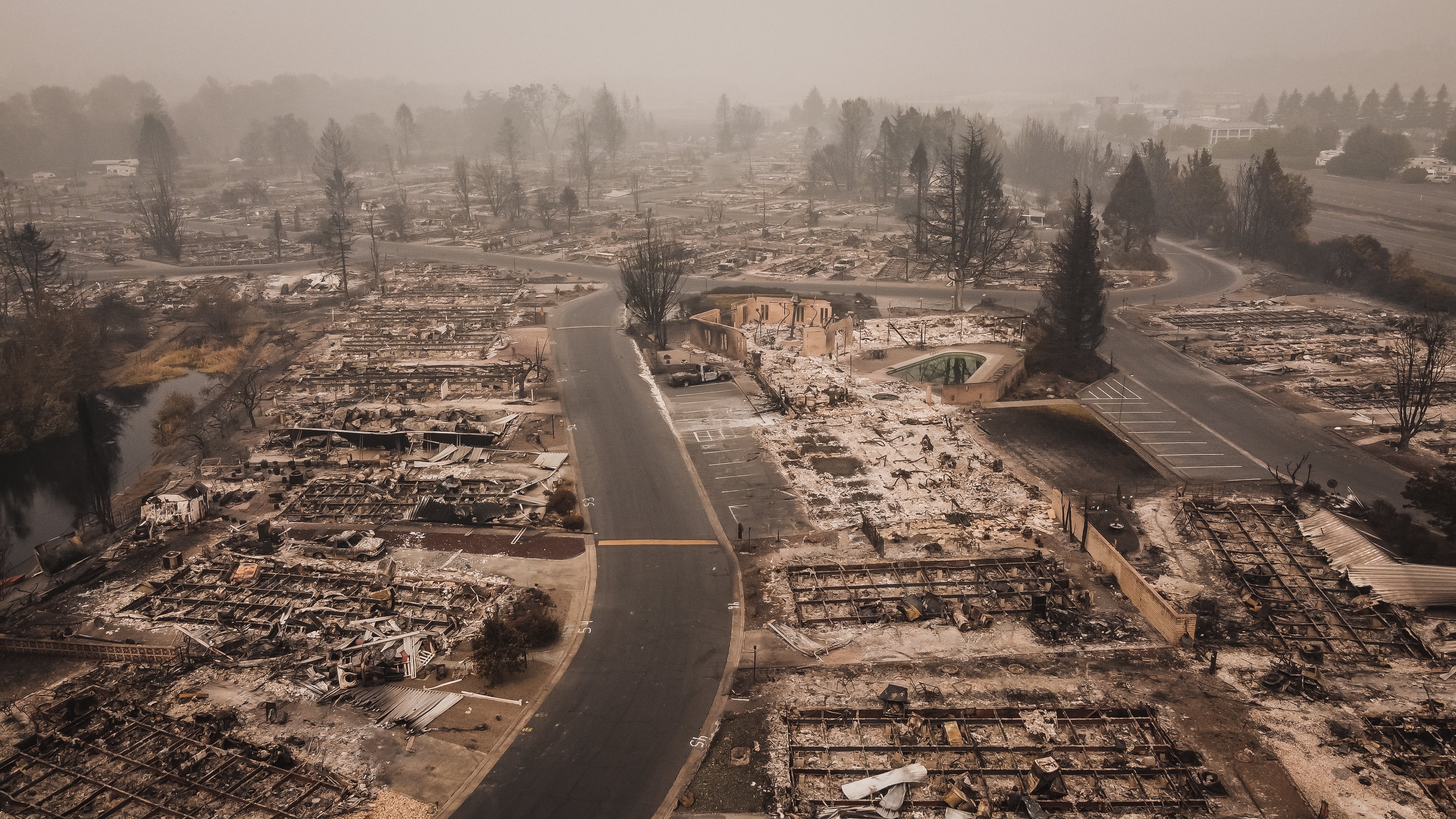Heading into this latest red flag alert, I’m wondering: Is there a reason you rarely hear of bigger cities burning, the way Phoenix/Talent did in 2020 and Lahaina did last week? Or, to be more specific, what are the odds of a major city fire happening here? —Uneasy Weatherwatcher
The good news, Uneasy, is that official projections rate the likelihood of wildfire within Portland city limits as “low.” The bad news is that, until last week, the state of Hawaii was also using the word “low” to describe the risk from wildfire to its residents, and look where that got them.
Did Hawaii officials underestimate the likelihood of a catastrophic wildfire? Maybe. That said, genuinely unlikely events really do happen. (Only 17 people in human history have been killed by stingrays, but tell that to Steve Irwin.) The chances of urban wildfire in Portland may be low, but the prospect is scary enough for the city, county and state to take seriously.
Even if the worst does happen, though, we still won’t be talking about citywide immolation à la Lahaina or Phoenix, Ore. There’s a reason that big cities don’t burn completely off the map: Wildfire risk is pretty much confined to what we call the “wildland-urban interface,” the area where the fuel-rich wilderness comes into close proximity with structures, people and other stuff we’d rather didn’t catch on fire.
Generally, the WUI is defined as any place where buildings are within 500 feet of hazardous vegetation (though in heavily forested areas, where more intense flames are possible, the figure can range up to 1.5 miles). In a small town, the WUI can easily include the entire city. Big cities like Portland, however, have large urban cores far from any wildlands—there’s just not enough fuel to turn the Rose City into Dresden, as much as Tucker Carlson might wish otherwise.
So what are we worried about? In a word (OK, two words), Forest Park. The park (and the adjoining Northwest hills) have plenty of fuel, steep slopes, difficult access for firefighting equipment, vulnerable infrastructure, and plenty of shitheads running around with lighters—all the ingredients for an urban wildfire nightmare.
Do we really need to worry? Projections from the Oregon Community Wildfire Protection plan suggest the likelihood of a 250-acre (or greater) wildfire in the Northwest hills over the next 20 years is something on the order of 1 in 500. I suppose those aren’t terrible odds. Still, if I knew my plane had a 1 in 500 chance of crashing, I probably wouldn’t get on it.
Questions? Send them to dr.know@wweek.com.

